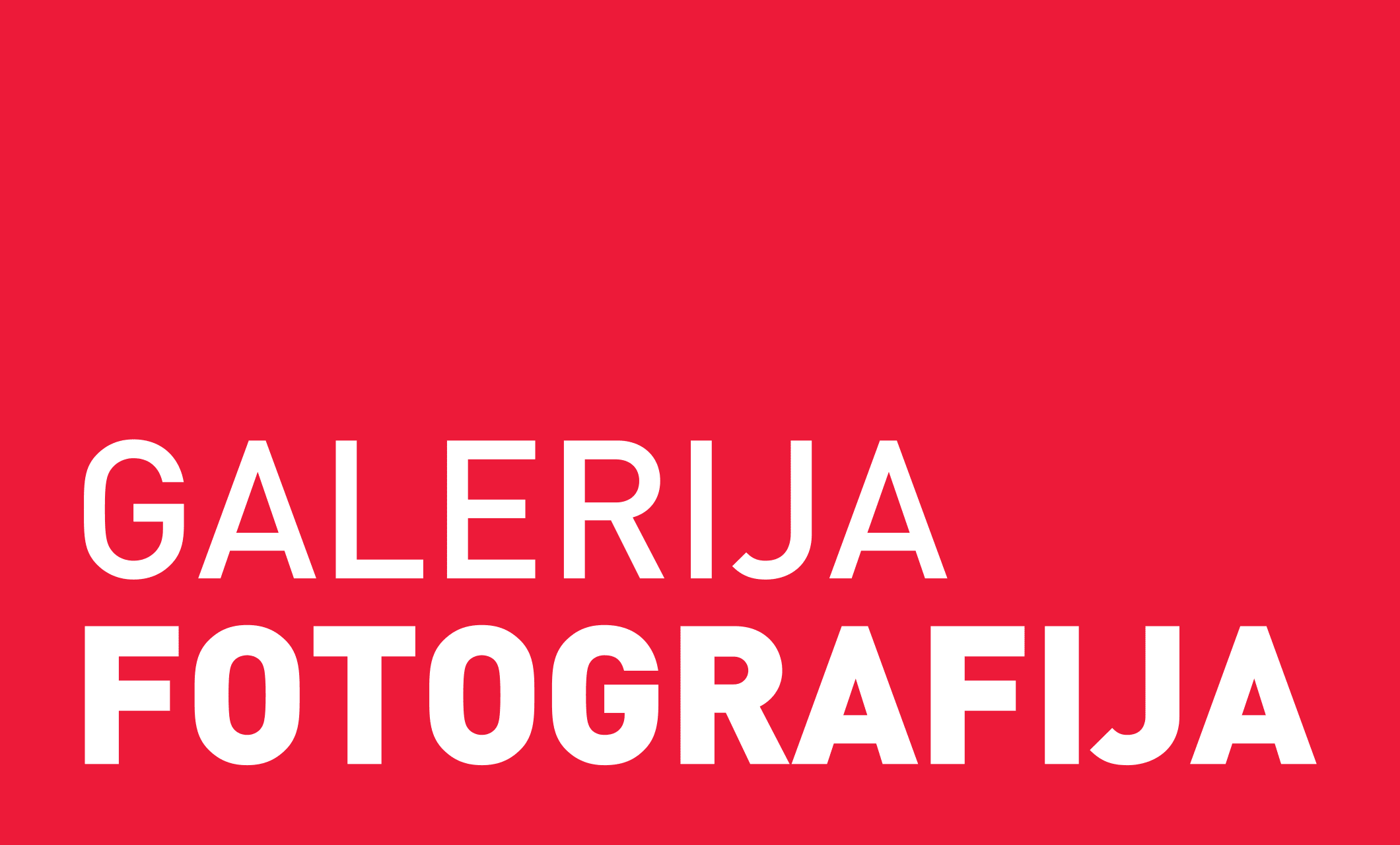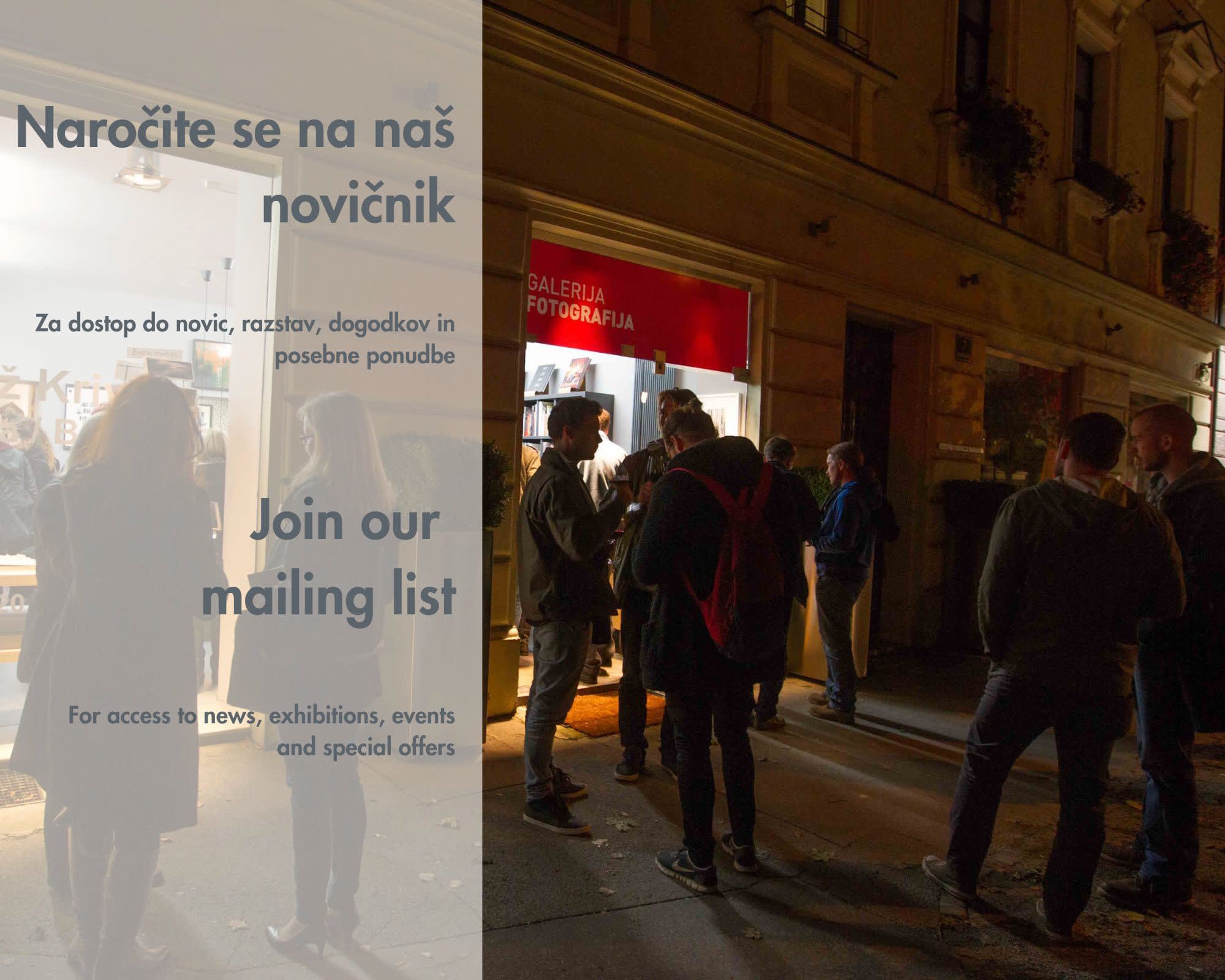Voranc Vogel: Rebalans
Voranc Vogel (1980) joined Delo’s collective of photojournalists in 1997, still in high school at the time, and has since then published more than 6000 photographs in Delo newspaper. He collaborated with several international agencies – EPA, AP and AFP. In 2009, he graduated at the University of Primorska, at the department of Anthropology and Cultural Studies. His thesis was titled The Truth of Manipulation in Photography. For his photographic work, he received two Slovenia Press Photo awards, the journalistic award Watchdog and many others. His focus is mainly on journalistic photography, as well as black-and-white street photography.
Among the urban perspectives and silent landscapes of Voranc Vogel
Urban landscapes of Russia. Muted noises of New York. Vast terrains of Peru. Romantic nostalgia of Paris. A substantial part of Voranc Vogel’s oeuvre is taken by black-and-white photographs from his numerous journeys. Impeccable in terms of technique and composition, these photographs made beyond his daily photojournalist activity show momentary impressions of everyday life, cityscapes, solitary witnesses of time. Voranc Vogel is a photographer playing with composition, breaking its rules. Intuitive and direct, he is also respectful to what is depicted.
Traces of photojournalism and documentary photography of the preceding century can be discerned in his photographs. In numerous details, we see the influence of Magnum photographers as well as the photographers portraying open roads, representational landscapes and great cities of the 1950s and 1960s. Having explored photo stories and compositions in great detail, he has developed a great sensitivity for the medium that unfolds the author’s original poetics before us. Vogel is a photographer of urban landscapes. Of the street. Of lives of random individuals. His travel photographs are a step away from photojournalism. He sails closer to the documentary approach, tackling it slowly, considerately, while also expressing his signature tone. He prefers to approach urban stories with a certain amount of humour. His photographs open up a view of the street that is often distinctly witty and ironic, which is further contributed to by his choice of framing, dramatic contrasts and ingenious perspectives. Both his cityscapes and remote landscapes indicate a different, maybe even somewhat romantic sensibility and a refined sense of space. Under the surface, they conceal a sense of nostalgia and solitude. And although we sometimes feel as if Vogel was following the momentary and instinctive, a broader insight into his career of twenty years allows us to discern exploration, reflection and intuition. More than just a world traveller, he is extremely perceptive towards the environment and the people surrounding him. He approaches his scenes with empathy. His photographs let us feel the presence of the photographer and the quiet dialogue he had established with the depicted. The photographer who focuses on people and lines in his momentary solitude so very typical of numerous arts.
Not only due to their genre, humour and the depicted contents, Vogel’s photographs are also striking for their exceptionally attractive composition and black-and-white technique. Vogel has a feeling for playing with perspective. Particularly in his street photographs he often breaks the rules of composition, creating new perspectives, while also challenging and entertaining the viewer. In his photographs, diagonals and lines interrupted by deliberately placed individuals, and randomly appearing elements result in a very special rhythm and direct our gaze. On the other hand, there are also more traditional and harmonious photographs that open up vast landscapes before us. Observing them, our gaze calms down, taking in the aesthetics of the depiction and succumbing to it. His images speak in black-and-white. This technique is not his choice for being easily manageable; rather, he tackles it on reflection. He uses the greys to accentuate the substantive elements of a photograph and its emotive side. Over the years, the photographer’s gaze has been gradually leaning towards the black-and-white technique, adding a timeless dimension to the photograph and building on its communicativeness.
Nika Perne




